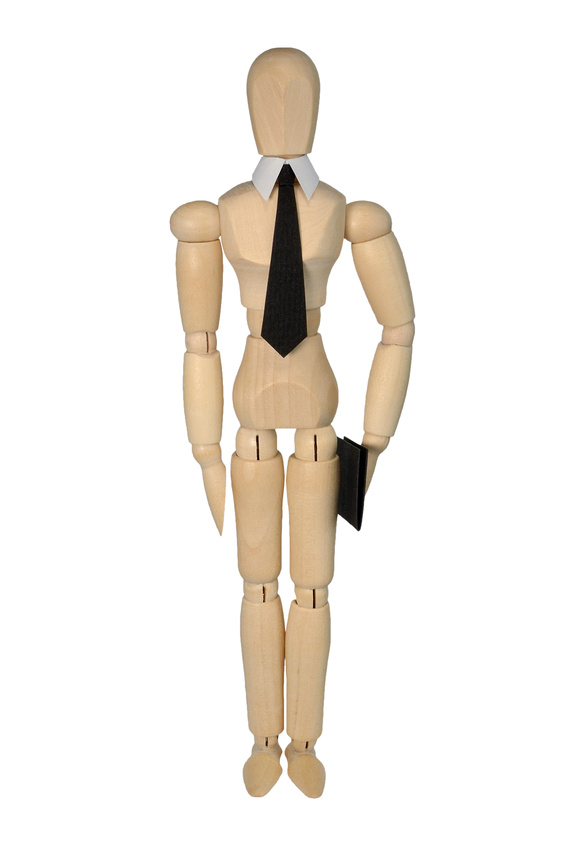 While prepping clients for their interview, we spend a great amount of time discussing the importance of quality communications. During an interview, for optimum communications to occur it must incorporate such elements as knowledge of subject the matter, proper word choice, body language and the one most often underestimated “our clothing”. In addition to helping people appreciate the many elements of communications, the discussion also allows us the opportunity to debunk the aphorism that “ Clothes do not make the man”.
While prepping clients for their interview, we spend a great amount of time discussing the importance of quality communications. During an interview, for optimum communications to occur it must incorporate such elements as knowledge of subject the matter, proper word choice, body language and the one most often underestimated “our clothing”. In addition to helping people appreciate the many elements of communications, the discussion also allows us the opportunity to debunk the aphorism that “ Clothes do not make the man”.
With 90 % of our bodies typically clad in clothing, what we choose to wear is a direct reflection of our personality, beliefs, habits and value system. It therefore stands to reason, that even when we dress for a special event, such as an interview, we tend to focus more on our likes or habits rather than on the message we would like to impart to the panelists. Style of dress is not neutral. It will either leave a positive or negative impression on the panel. It is why first impressions are so critical. It is also why this aphorism is true; “You never get a second chance to make a good first impression”.
As you enter the interview room and meet the panelist, they are immediately beginning to assess whether or not your style of dress is professional? Do you look credible based on what they see? Do you fit their perception of the right person for the job? This is all occurring within the first few seconds of you having entered the room despite the fact that all they have to go on is your attire and body language.
Believe it or not, interview panels (whether they are assembled from within or outside the organization) expect the interviewee they are recommending for hire to wear attire consistent with that geographic area’s image of professionalism. When considering proper attire, consider the cultural norms of the community and organization as well. Let it serve as a guide in how to maximize on this very important visual image. As an example, in major urban cities, a man wearing a pin stripe suit with a pocket square, starched shirt with cufflinks and a well-coordinated silk tie would be viewed as well appointed. But dressing this way for an interview in a small mid-western community or a college town may cause you to be viewed as a poor fit.
A woman wearing an attractive pants suit with a well-coordinated blouse and accessories would be well received in most areas of the country, but depending on the position, she may not necessarily be perceived as a good fit in some of the smaller towns in many southern states. I typically get tremendous push back from people when I make these statements, especially from the more independent, creative, free spirited types. Without hesitation they say, “ that’s ridiculous, people should not judge you based on what you choose to wear”. I wholeheartedly agree but guess that’s what they do! In fact, whether we choose to admit it or not, the vast majority of us form opinions and pass judgments based first on what we see.
Try following these basic rules when selecting your ensemble for that important interview:
- As a guide, consider the culture of the community and organization you are applying for.
- Visit a professional clothier. Let him/her know the look you are attempting to achieve based on the position you are seeking to fill and ask them for advice.
- When in doubt, wear conservative dark colors in blues or grays.
- Always make sure your clothing is professionally fitted and pressed.
- Wear white or a well-coordinated light shirt or blouse. For men, choose a contrasting tie with a half Windsor knot.
- Minimize jewelry: Men limit yourself to one watch and one ring. Women, one watch, one ring, no daggling earrings, small sized necklace and broach. (You always want to be heard and not simple seen).
- Dark colored shoes professionally polished. Lace up for men. Closed toe for women. Make sure heels are in good shape. Consider having rubber taps applied to avoid slips on high polished surfaces.
- Dark colored calf level socks for men. Skin tone or dark stockings for women. Neither should have designs on them.
- No colognes or perfumes.
Always give careful thought to your selected wardrobe, especially when preparing for an interview. It represents an important element in the goal to communicate your abilities and it will greatly assist you in being viewed as the confident, competent leader that you are.



